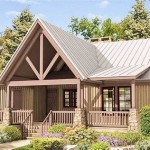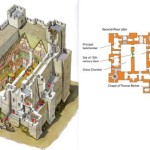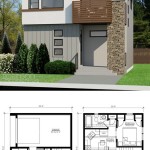Essential Aspects of Retreat Center Building Plans
Planning and designing a retreat center is a multifaceted process that requires meticulous attention to detail and consideration of various factors. Well-thought-out building plans serve as the foundation for creating a holistic and functional space that fosters tranquility, restoration, and growth.
1. Site Selection and Layout
Choosing an appropriate site is crucial for the success of a retreat center. Factors to consider include accessibility, privacy, natural surroundings, and the availability of amenities such as water and electricity. The site layout should maximize natural light, promote a sense of flow, and provide designated spaces for different activities and programs.
2. Building Design and Aesthetics
The architectural design of a retreat center should reflect its purpose and atmosphere. Natural materials, such as wood and stone, can evoke a sense of warmth and tranquility. Large windows and skylights allow for natural light and connection to the outdoors. The layout should promote introspection and personal growth, with spaces designed for quiet contemplation, group gatherings, and movement practices.
3. Functional Spaces and Amenities
A well-equipped retreat center includes functional spaces that meet the needs of participants and staff. Essential spaces include: - Accommodation: Comfortable rooms or cabins that provide privacy and tranquility. - Dining hall: A space for communal meals and social interaction. - Meeting rooms: Designated areas for group discussions, workshops, and lectures. - Activity spaces: Spaces for movement practices, such as yoga, meditation, and dance. - Healing and therapy rooms: Private spaces for massage, acupuncture, or other therapeutic modalities.
4. Environmental Sustainability
Sustainability is an important consideration in retreat center design. Building materials, energy-efficient systems, and water conservation measures should be prioritized to minimize the environmental impact. Solar panels, rainwater harvesting systems, and eco-friendly construction practices can contribute to a sustainable and responsible retreat experience.
5. Accessibility and Inclusivity
Ensuring accessibility is essential for creating an inclusive retreat environment. The building design should be accessible to individuals with disabilities, including ramps, elevators, and accessible restrooms. Additionally, consideration should be given to cultural and religious diversity, with spaces that accommodate different needs and practices.
6. Staffing and Operations
The building plans should accommodate the staffing and operational requirements of the retreat center. Back-of-house areas, such as kitchens, laundry facilities, and staff accommodations, should be efficiently designed to support the center's daily operations.
7. Financial Considerations
Financial planning is an integral part of retreat center development. The building plans should align with the available budget, considering construction costs, materials, labor, and ongoing maintenance expenses. It is important to balance sustainability, functionality, and aesthetics within the financial constraints.
Conclusion
Creating a retreat center that fosters personal growth and well-being requires a comprehensive and thoughtful approach to building plans. By considering the essential aspects outlined above, retreat planners can design a space that meets the needs of participants, adheres to environmental principles, and ensures accessibility and inclusivity. Well-executed building plans lay the groundwork for a retreat experience that is both transformative and restorative.

Floor Plans

Tally Retreat Center Floor Plans Camp Copass

Vajrasana Buddhist Retreat Walters Cohen Architects Archdaily

Viveda Wellness Retreat A For Architecture Archdaily

Floor Plans Claymont Retreat Center

The Mill Retreat Centre Floorplans Floor Plans House

Floor Plans

Shreyas Retreat The Purple Ink Studio Archdaily

Maushri Retreat Center Karma Kagyu Practice

Viveda Wellness Retreat A For Architecture Archdaily








